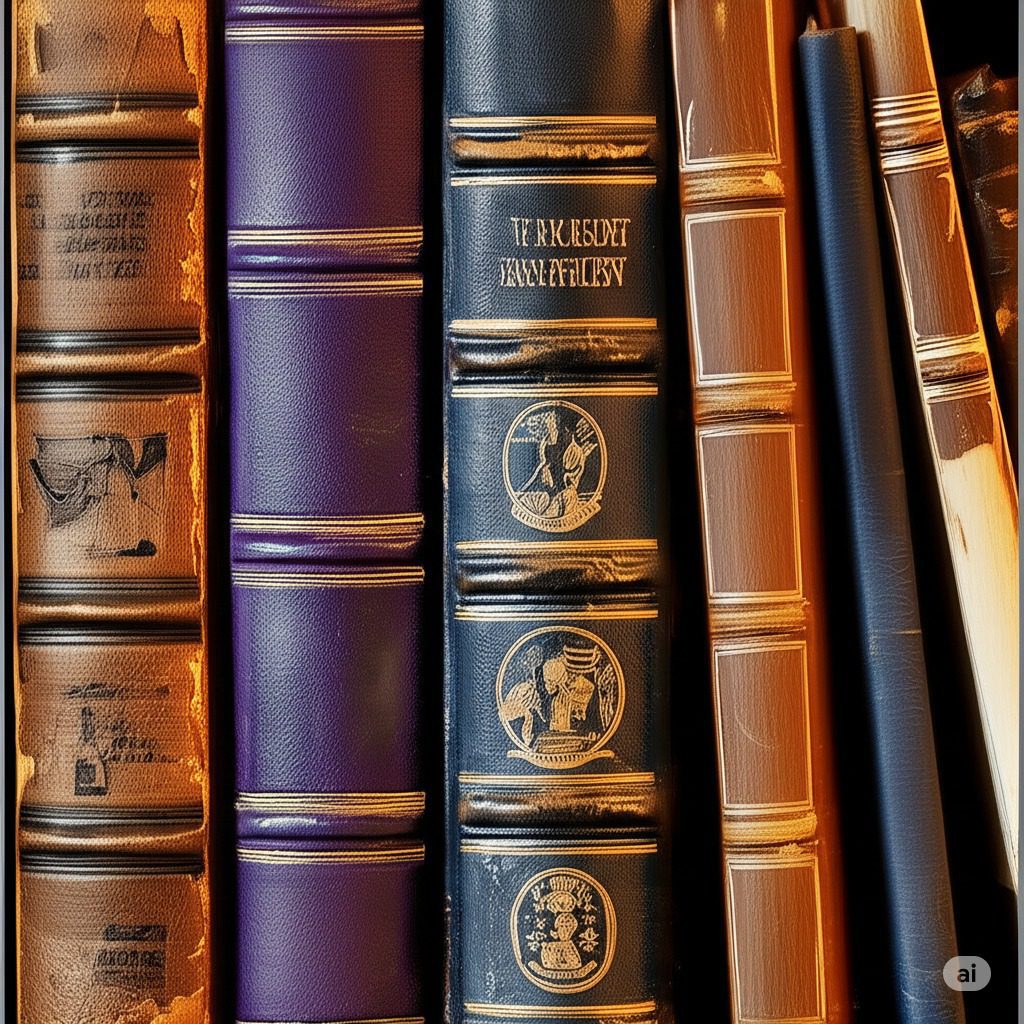For the bibliophile and discerning investor, the world of rare book collecting offers a unique avenue for pursuing intellectual passion while building a tangible asset. A first edition, particularly of a significant work or by a renowned author, is more than just a book; it’s a cultural artifact, a piece of literary history, and potentially, a valuable investment. Navigating this specialized market requires a keen eye for detail, an understanding of condition, and knowledge of provenance.
This guide provides a comprehensive framework for approaching rare book collecting with an investment mindset, exploring how to identify valuable editions, assess condition, understand the importance of provenance, and preserve your collection for long-term appreciation.
First Edition Identification Methodology Across Publishers and Eras
Identifying a true first edition is the foundational skill in rare book collecting, as it is typically the most valuable printing of a work. However, publishers’ practices have varied significantly over time and across regions, making identification a nuanced process.
- Title Page and Copyright Page: These pages are the primary sources for identifying the edition. Look for explicit statements like “First Edition,” “First Printing,” or “Published [Year].” The absence of later edition statements is also a good sign.
- Publisher’s Imprint: Publishers often used specific codes, symbols, or phrases to denote first printings, particularly in the 20th century. Researching the specific publisher’s practices for the relevant era is crucial.
- Collation: Comparing the physical characteristics of a book (pagination, illustrations, binding) to known points of a true first edition. Bibliographies and collector guides provide these detailed “points.”
- Dust Jacket: For books published with a dust jacket, the first issue dust jacket is an integral part of the first edition and can significantly impact value. Examine the price, text, and design on the jacket for consistency with the first printing.
- Binding and Paper: The materials used for the binding and paper can sometimes indicate the printing, especially if later printings used cheaper materials.
Mastering first edition identification requires dedicated research into specific authors, publishers, and time periods.
Condition Grading Standards and Preservation Impact on Valuation
The condition of a rare book is paramount to its value. Even a rare first edition will be significantly devalued if it is in poor condition. Collectors use a standardized grading system:
- As New (AN): Perfect condition, as if just printed, with no flaws.
- Fine (F): Very close to As New, with only minor, almost imperceptible flaws.
- Very Good (VG): Shows some signs of wear, but no major defects. The dust jacket may have minor chips or tears.
- Good (G): Shows average wear for its age. The text block is intact, but there may be rubbing, bumping, or minor internal flaws. The dust jacket may be significantly worn or have larger tears.
- Fair (F): Shows significant wear and tear, potentially with missing pieces of the dust jacket or damage to the binding.
- Poor (P): Seriously damaged, possibly incomplete, and in need of extensive repair.
Books in the top grades (As New, Fine, Very Good) command significant premiums. Preservation efforts directly impact a book’s condition and, therefore, its long-term value.
Provenance and Association Copy Significance Assessment
The history of a rare book’s ownership, known as provenance, and whether it is an “association copy” can dramatically increase its value and desirability.
- Provenance: A documented history of ownership, especially if the book belonged to a famous person, a renowned collector, or was sold through a prestigious auction house. A clear and verifiable provenance adds credibility and historical context. This is a key aspect of Certification and Documentation: Why Provenance Matters for Luxury Investments.
- Association Copy: A book that belonged to the author, was inscribed by the author to a significant person, or has annotations by a notable figure. These are highly personal and unique items that connect the collector directly to the author or historical context.
- Inscriptions and Autographs: While not strictly association copies, books signed or inscribed by the author are generally more valuable than unsigned copies, provided the signature is authentic.
Documentation supporting provenance and the significance of association copies is crucial for realizing their full value.
Storage and Preservation Best Practices for Long-Term Conservation
Proper storage is essential for protecting your rare book collection from environmental damage and physical degradation, ensuring its value is preserved for the long term.
- Temperature and Humidity Control: Books should be stored in a stable environment with moderate temperature (ideally 60-70°F or 15-21°C) and relative humidity (ideally 30-50%). Fluctuations can cause paper and bindings to expand, contract, and degrade.
- Light Exposure: Store books away from direct sunlight and fluorescent light, which can fade covers, spines, and paper.
- Shelving: Store books upright on sturdy shelves. Avoid overcrowding, which can damage bindings. For valuable books, consider custom-fitted slipcases or clamshell boxes for added protection.
- Handling: Handle rare books with clean hands and avoid marking or writing in them. Use a book snake or cushion to support the binding when reading or displaying.
- Protective Covers: Use acid-free dust jacket protectors to preserve the original dust jacket.
- Pest Control: Protect your collection from insects and rodents, which can cause irreparable damage.
- Security: For high-value collections, consider secure storage solutions, such as a home safe or specialized Asset Storage facilities.
Diligent preservation practices are an investment in the longevity and value of your collection.
Market Dynamics and Category Performance Across Literary Genres
The rare book market is influenced by collector demand, literary trends, and the availability of desirable copies. Certain literary genres and authors consistently perform well.
- Classic Literature: First editions of seminal works by renowned authors (e.g., Shakespeare, Austen, Dickens, Hemingway) are consistently in demand.
- Modern Firsts: First editions of influential 20th and 21st-century literature, particularly by Nobel laureates or highly acclaimed authors, are a popular collecting area.
- Genre Fiction: First editions of key works in genres like science fiction, fantasy, mystery, and horror can be highly collectible, especially early examples or those by foundational authors.
- Children’s Literature: Iconic and influential children’s books in first edition can command surprisingly high prices, driven by nostalgia and cross-generational appeal.
- Signed and Inscribed Copies: As mentioned, these often fetch a premium regardless of genre.
- Market Trends: Like other collectibles, the rare book market can be influenced by cultural events, film adaptations, and renewed interest in specific authors or genres.
Researching auction results, consulting with reputable booksellers, and following market indices (where available) can provide insight into current market dynamics and which categories are performing strongly. Rare books, like Fine Art as Investment: Navigating the Contemporary Market or Rare Whisky Collecting: Investment Strategies and Tasting Notes, represent an alternative investment class.
Conclusion: A Library of Value
Rare book collecting offers a rich and intellectually stimulating path for the luxury collector. By developing the skills to identify true first editions, understanding the critical importance of condition and provenance, implementing best practices for preservation, and staying informed about market dynamics, collectors can build a library that is not only a source of personal enjoyment but also a potentially appreciating asset. In a digital age, the tangible connection to literary history embodied in a rare first edition holds a unique and enduring appeal, making it a compelling component of a diversified luxury asset portfolio.
Related Articles
- Certification and Documentation: Why Provenance Matters for Luxury Investments
- Fine Art as Investment: Navigating the Contemporary Market
- Rare Whisky Collecting: Investment Strategies and Tasting Notes
- The Pre-Owned Luxury Market: How to Find Authentic Pieces at Better Prices
- Investing in Luxury Assets: A Guide
- Asset Storage





